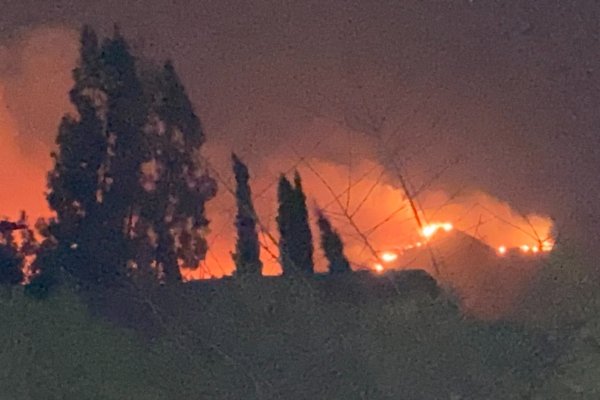Los Angeles wildfires continue to ravage, resulting in at least 5 deaths and the destruction of thousands of buildings. Authorities have ordered over 100,000 people to evacuate, and President Biden declared a federal emergency in California on January 8th. Many families have been affected by the wildfires, and Samantha Yu, a senior broker at Hoya Insurance Agency, suggests taking five major steps to ensure claim rights.
Firstly, if a fire occurs near your home, it is important to “promptly file a claim” by contacting your insurance company immediately. Even if the full extent of the damage is not yet known, it is advisable to initiate the claims process early and provide information on the time, location, and initial damage assessment of the fire.
The second step is to “collect evidence” by documenting all damages with photos or videos, including the house structure, indoor items, and by requesting an investigation report from the fire department to serve as a basis for the insurance company’s compensation determination. The third step is to “prevent secondary damage” by taking temporary repair measures (such as covering damaged roofs, fixing windows) to prevent further damage, and keeping receipts for all related expenses for reimbursement purposes.
The fourth step is to “participate in the loss assessment.” Yu reminds homeowners that when insurance adjusters assess the damage on-site, homeowners should be actively involved to ensure all damaged items are thoroughly documented to avoid disputes in the future.
Lastly, it is important to “apply for additional living assistance.” If the insured residence is temporarily uninhabitable, homeowners should check if their policy includes Additional Living Expense (ALE) coverage and keep receipts for temporary accommodations and meal expenses to apply for compensation from the insurance company.
Yu pointed out that due to the increasing frequency and intensity of wildfires and earthquakes in California, the insurance market has tightened. Several major insurance companies have withdrawn from high-risk areas, even canceling existing policies, leaving many residents concerned about the lack of available insurance options. This market contraction trend has severely impacted Californians’ ability to protect their assets, posing unprecedented challenges to the insurance industry.
Several insurance companies, including State Farm, have stopped accepting new customers in high-risk areas and begun canceling some existing policies. Some affected residents have been forced to opt for the California Fair Plan, which offers higher premiums and limited coverage.
Recently, the California government has implemented a series of reform measures, including more precise risk modeling and expediting premium approval processes to address the pressure on the insurance market. Additionally, California has announced a new regulation requiring insurance companies to gradually increase homeowners’ coverage in wildfire-prone areas to eventually reach 85% of their market share. However, this may shift the costs of reinsurance onto consumers, potentially leading to premium increases of up to 40%.
These measures aim to stabilize the insurance market, reduce reliance on the FAIR Plan, but also exacerbate economic burdens on residents.
Moreover, in high-risk areas like Cohasset, residents are finding it difficult to obtain insurance after wildfires, with some having to rely on crowdfunding platforms to cover losses, further highlighting the inadequacy of the existing safety net.
To mitigate the risks of policy cancellations and premium increases, Yu advises residents in high-risk areas, especially those facing policy cancelation risks, to explore alternative options. Homeowners can consult multiple companies willing to insure them, consider joining the FAIR Plan, and regularly review their policy details. Homeowners should also enhance fire protection measures by taking proactive steps to reduce the risk of residential fires, such as clearing combustible materials, using fire-resistant materials, and maintaining proper fire spacing. These actions can help lower premiums or increase insurability.
Yu also reminds the public that when choosing insurance, it is crucial to pay attention to the contents of provisions such as Replacement Cost Value (RCV), Extended Replacement Cost Coverage, Building Code Coverage, Loss of Use Coverage, and others.

